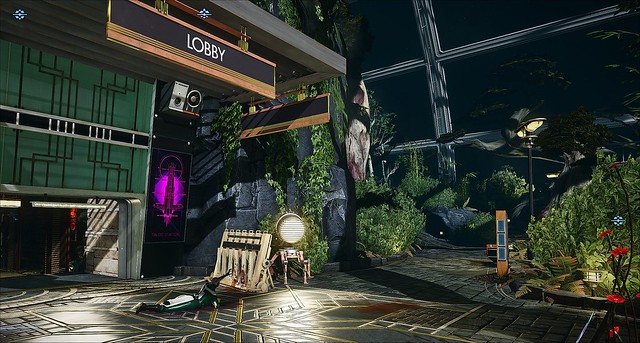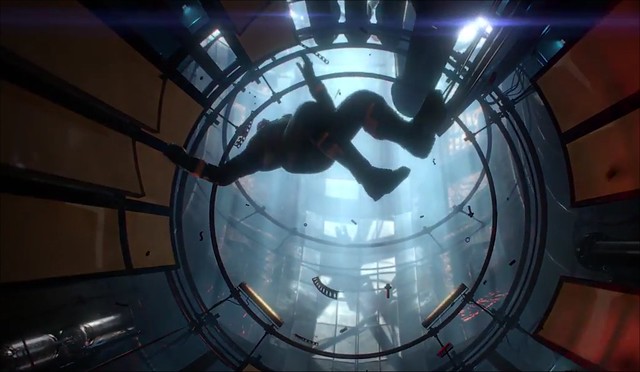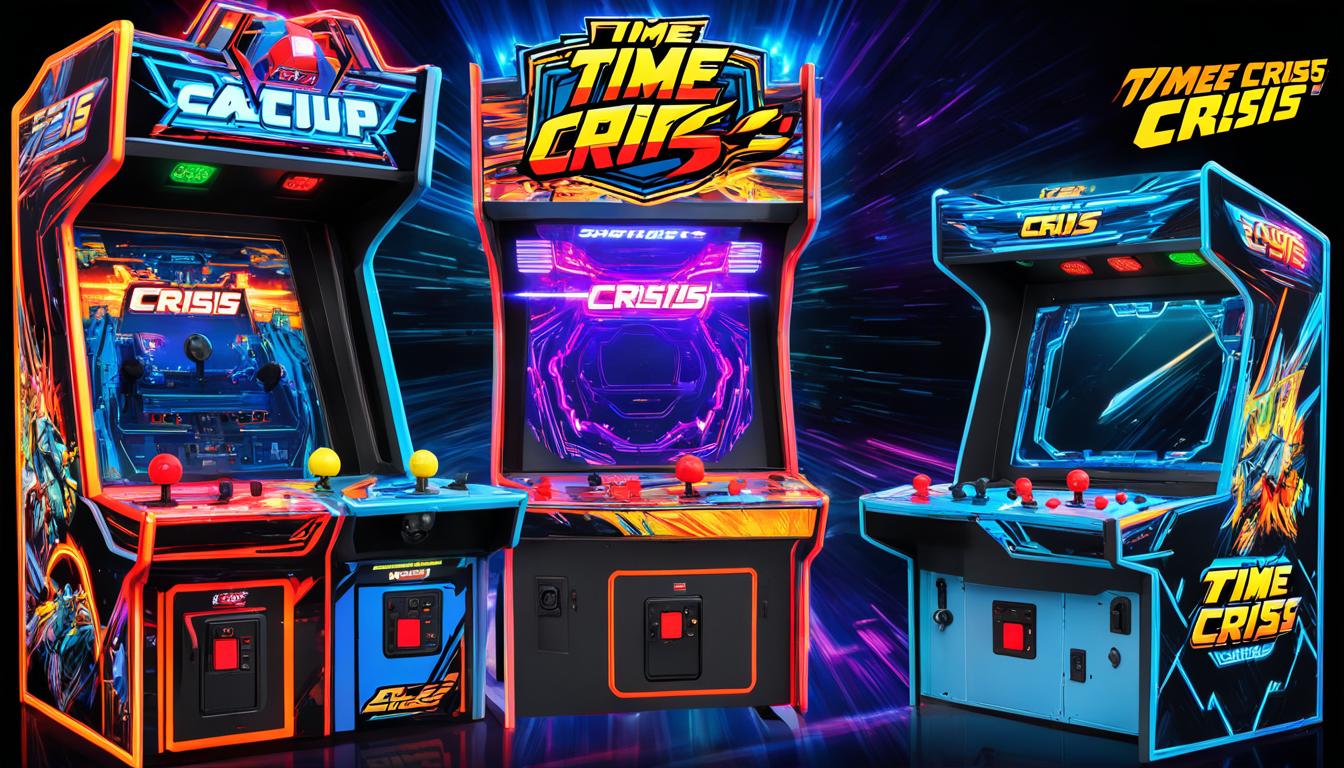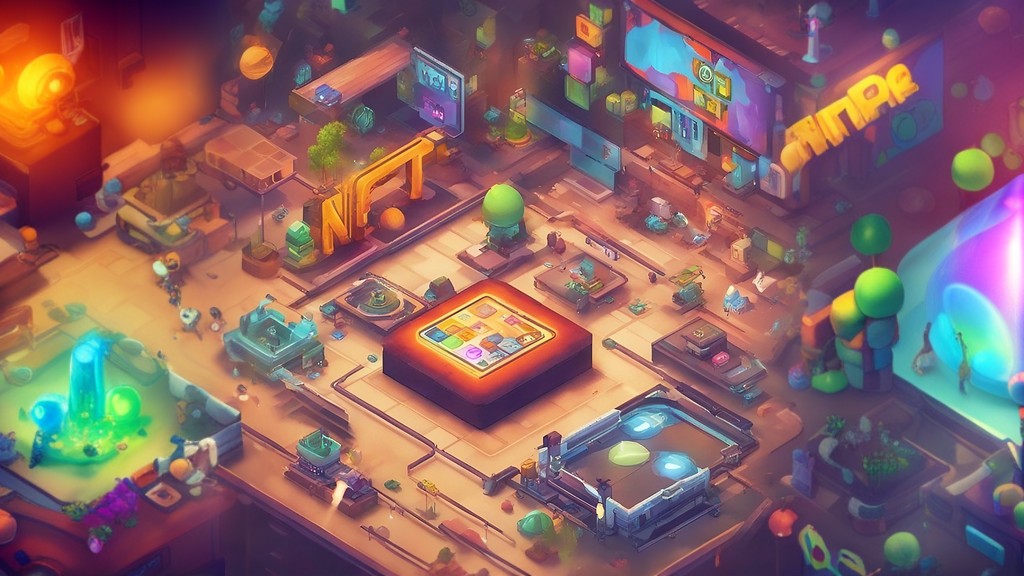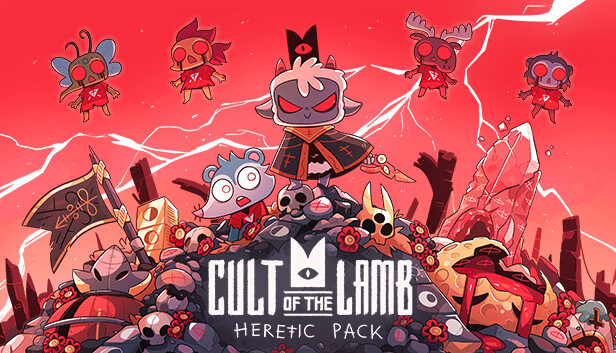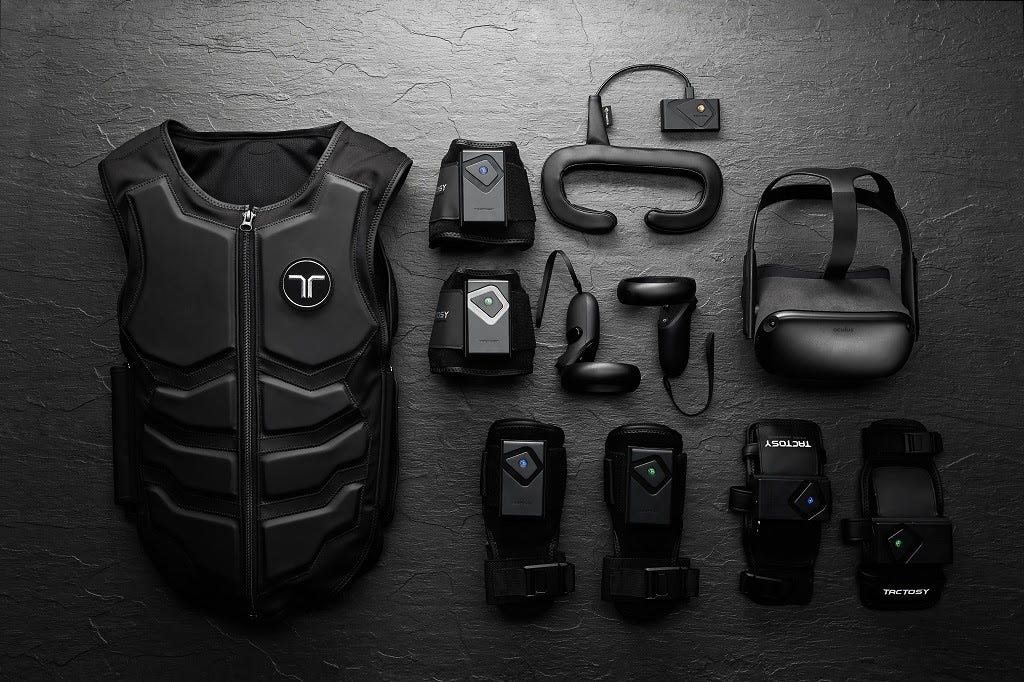[Disclosure: A review copy was provided for the contents of this article]
It’s been just over three days since I downloaded my copy of Prey on the Xbox One, and I’ve spent just over twenty of those hours playing the latest alternative future, first-person skill-em-up/RPG from Arkane, the studio that most recently brought us Dishonored 2. Arkane has developed an excellent reputation for making similar games to Prey, and their back catalogue includes several equally impressive games, including Bioshock 2 (which is my favourite in the series) and even the often forgotten yet much loved Xbox 360 RPG, Dark Messiah of Might and Magic.
With such an illustrious heritage, the decision to remake (or completely reimagine, to be more accurate) a game like Prey – which barely made as much as a splash when the original launched in 2006 – is a brave one. In all fairness, the game bears very little resemblance to the original, and I wonder if whatever the concept behind a remake was, it died on a whiteboard somewhere long before actual development started.
There is only one common theme between the two, which is the presence of an alien threat that remains constantly threatening throughout. I recently read an interview in which Bethesda VP of Marketing and PR Pete Hines is quoted to have said: “we’re totally on board with just doing Prey. ‘Not as a reboot, we can just reimagine it. We’ll keep the basic principle of ‘Aliens are hunting you,’ and do what we envisioned — that’s what we should do. We like the name; if you distill and take out everything you know about the previous game, or the canceled game, and just said the name Prey, it’s a cool name. We think it really fits what it is that we’re making.'” And for the most part, I agree with Pete, except for the bit about being hunted by aliens. But, I’m getting ahead of myself a little; suffice it to say, you should lose any expectation that this version of Prey resembles the original in any way, because simply put, it does not.
What it does resemble though, is more or less every game that is similar to Dishonored, Deus Ex and most notably, System Shock 2. I don’t make this reference lightly, because System Shock 2 is one of my favourite games, but the inclusion of psionic upgrades, a similar skill tree and a remarkably recognisable sci-fi setting do make it an obvious one. Familiarity isn’t necessarily a bad thing though, and Prey does carry the weight of its similarities well. Arkane demonstrates a clear mastery of the genre, dishing out upgrades rapidly from the outset in association with three skill trees and then introducing two more later that contain a range of more interesting skills.
The broad range of skills and relative ease of access to them leads to power creep later in the game, but Pete Hines comment about the feeling of being hunted does ring true in the first five hours or so of Prey, largely because the range of traditional weapons is very limited until players find the shotgun (pro tip, if you pre-ordered the game, you can access this weapon much earlier.) Even then, the game asks players to make good use of a diverse approach to handling enemy encounters.
Like all similar games, Prey does allow players to use a variety of weapons and tactics (including running away from or sneaking past enemies) but one thing I found slightly disappointing is that alternative routes around enemies are fairly rare. As an example, Deus Ex games often allow players the option of going over, under or through a given area, whilst Prey always allows you to go through it, and occasionally to go around it. Even when the player develops a few extra-terrestrial skills, it’s still unusual to find opportunities to use them in a non-linear way.
On that point, progression in the early game is quite linear, despite the apparent openness of the Talos I space station on which the game is set. You’ll collect keycards and climb through vents to reach new areas, and you’ll even space walk to find others, but each time you unlock a door or an airlock, you’ll find your way back to the central foyer. This area acts like a central hub, and I found myself marveling at how smart the world design is to bring me back there each time, thus enabling access to shortcuts as the maps knit together.
If Metroid and Dark Souls didn’t exist, I might struggle to explain this (or at least need another paragraph) but because they do, I’ll simply say that this mechanic feels like Dark Souls and Metroid meeting in a sci-fi universe. There’s real satisfaction to be found in opening new ways out of the central hub, and likewise from using your recently acquired skills, weapons or keycards to access areas that were previously off limits.
Prey also introduces new enemies into these areas, so you’ll never feel entirely safe even if the overly enthusiastic music often gives away the presence of an enemy long before you see them. There are relatively few enemy types, but there are several variations of each, and most pose enough of a threat to be taken seriously, even though you’ll soon develop a favourite tactic for dealing with each kind. The most common enemy is the Mimic, which is a scuttling creature with four legs that is capable of assuming the shape of any object, such as a chair or coffee cup.
Playing on the Xbox One, I found the main weapon combination of a Gloo-Gun and wrench to be a little unwieldy when facing these small, fast creatures that flit in and out of view at different heights, but I doubt that is a problem when playing with a keyboard and mouse on PC. Larger enemies are predominantly humanoid in form, but their abilities can vary dramatically from fairly standard melee swipes to much more brutal psychic and ranged attacks.
As I said earlier, Prey does provide the player with ample opportunity to fight back in a variety of ways. It’s possible (and in my case preferable) to focus on creating a combat focused build that has high health, high stamina and damage potential with melee attacks and the ability to modify weapons extensively. Alternatively, I could see how a viable alternative might be to focus on hacking and repairing machines and turrets to do much of the fighting, or even to create a build focused on the more interesting skills that become available around a quarter of the way into the game.
The game does feature some interesting weapons, but as I hinted at earlier, it dishes them out much more slowly than most traditional shooting games might. The go to weapon is the Gloo-Gun, which fires an adhesive foam that freezes enemies for a while, and can be used to create paths up walls to help reach hidden areas. Combine this with a charged melee attack from the wrench, and you have a solid but somewhat uninteresting way to dispatch about ninety percent of the enemies in Prey. A much more fun (but harder to acquire) means of defeating foes is with a recycler grenade, which breaks down objects and enemies within a blast radius and transforms them into crafting materials. Cute.
On that note, crafting is key in Prey. With the right blueprints, players can not only replicate bullets, weapons and other standard collectibles, but also a number of key items that are needed to advance the game. This, like the hub mechanic I described earlier, is just another way in which Prey does a fantastic job of fully immersing the player into a cohesive world that incorporates the story, the environment and the inhabitants.
The story isn’t the best I’ve ever come across, and it lacks the megalomaniacal antagonist of Bioshock or the magnitude of the regicide angle in Dishonored, but it does feature amnesia, questions of loyalty, betrayal and divided motives and one of the most individual visions of an alternate future that I’ve seen in a long time. It was certainly enough to keep me interested until the end, and as a minimum, there are at least two possible endings that will leave you with tough decisions to make.
Prey is not without fault, by any means. The combat is fairly weak and the game isn’t as distinct overall as almost any of the games it emulates, and yet that is simply a consequence of the company it keeps. It looks fantastic and has distinct audio, with a fantastic soundtrack (willingness to spoil aside) and superb voice acting. The sound effects are creepy and atmospheric, bringing the experience together nicely. It has an understated plot that builds towards a satisfying conclusion, and it lavishes players with new skills and abilities to rapidly demonstrate the full potential of the player character.
Prey never stopped surprising me, be that with the shocking tutorial introduction, the inventive weapons or the introduction of new abilities and story elements, and I think that’s what I liked the most about it. It’s a proper sci-fi romp, with proper aliens, proper opportunity for a power fantasy and a proper suspension of disbelief.
Verdict:


